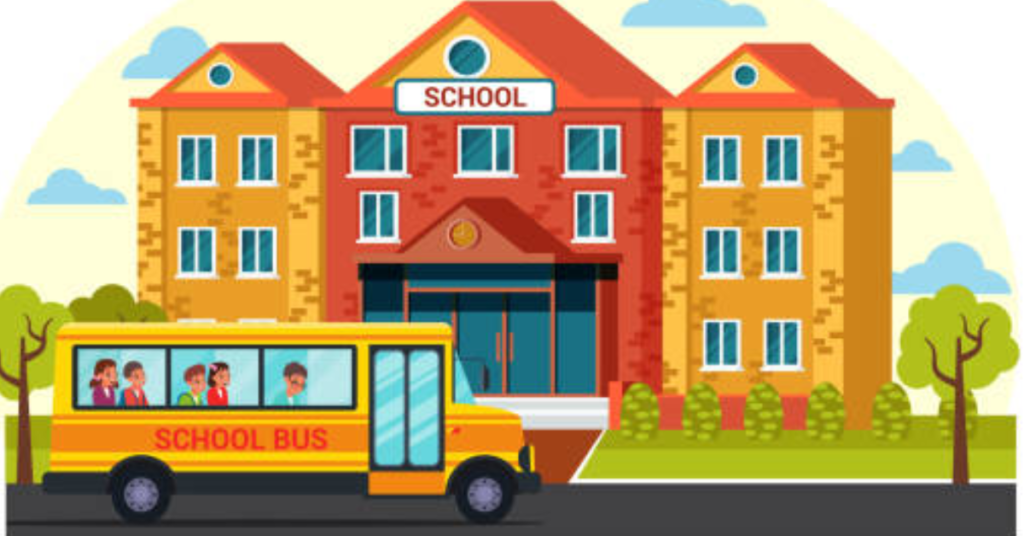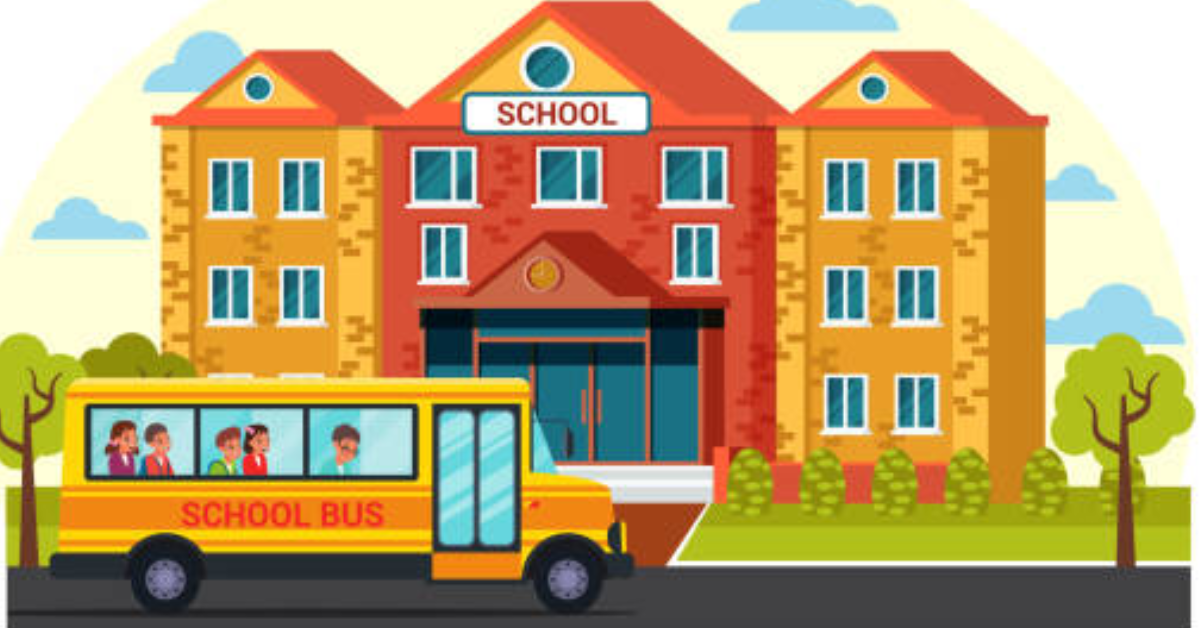In today’s rapidly evolving academic landscape, the efficiency and accessibility of university campus transportation have become paramount. With increasing enrollment numbers and growing campus sizes, institutions must address the diverse transportation needs of their students and faculty. This article explores the various modes of transportation available on university campuses, their benefits, challenges, and innovative solutions that enhance mobility and sustainability.

Understanding Campus Transportation
Campus transportation refers to the various systems and services that facilitate the movement of students, faculty, and staff within a university environment. This includes traditional options such as walking, biking, shuttles, and public transport, as well as newer, sustainable solutions like electric scooters and rideshare services. Effective campus transportation planning is crucial for creating an inclusive and accessible environment that fosters community and academic success.
1. The Importance of Campus Transportation
Transportation plays a critical role in the overall university experience. The availability of reliable and efficient transportation options directly impacts student attendance, punctuality, and engagement in campus activities. Moreover, sustainable transportation initiatives can contribute to a university’s environmental goals by reducing carbon emissions and promoting eco-friendly practices.
2. Common Modes of Transportation on University Campuses
Universities typically offer a variety of transportation options tailored to their unique campus layouts and student needs. The most common modes include:
Walking and Biking
Walking remains one of the most fundamental forms of campus transportation. Many universities are designed to be pedestrian-friendly, encouraging students to navigate the campus on foot. Biking has also gained popularity as a sustainable and efficient mode of transportation. Many campuses provide bike racks, rental services, and dedicated bike lanes to promote cycling.
Shuttle Services
Campus shuttle services are an essential component of university transportation. They provide convenient transit between different parts of campus, as well as to nearby off-campus locations such as student housing, shopping areas, and public transportation hubs. Shuttles can help reduce the need for personal vehicles, thus minimizing traffic congestion and parking issues.
Public Transportation
Many universities are located near public transportation systems, which can be an invaluable resource for students and faculty. Partnerships with local transit authorities can provide discounted fare options for students, making it easier for them to access off-campus resources, internships, and jobs.
Carpooling and Ridesharing
Carpooling initiatives encourage students and faculty to share rides, thereby reducing the number of vehicles on campus. Many universities have developed platforms or apps to connect users and facilitate carpool arrangements. Ridesharing services like Uber and Lyft have also gained traction, providing an alternative transportation option for students.
Electric Scooters and Bikes
The introduction of electric scooters and bikes has transformed campus transportation. Many universities have partnered with e-scooter companies to provide convenient and environmentally friendly mobility options. Students can easily rent these vehicles using mobile apps, making it easier to traverse larger campuses quickly.
3. Benefits of Effective Campus Transportation
An efficient campus transportation system offers numerous benefits, including:
Enhanced Accessibility
By providing diverse transportation options, universities can cater to the varied needs of their student populations. This includes accommodating individuals with disabilities, ensuring that all students have equal access to campus resources.
Time Management
Reliable transportation services reduce travel time between classes and other activities, allowing students to manage their schedules more effectively. This can lead to improved academic performance and overall student satisfaction.
Environmental Sustainability
Sustainable transportation initiatives, such as promoting biking, walking, and public transit, contribute to reduced greenhouse gas emissions. Universities can enhance their sustainability efforts by encouraging eco-friendly practices among students and staff.
Cost Savings
Students can save money by utilizing campus transportation services instead of relying on personal vehicles. Reduced transportation costs can alleviate financial burdens, making college more affordable.
4. Challenges in Campus Transportation
Despite the many benefits, university campus transportation systems face several challenges:
Traffic Congestion
Increased enrollment and limited infrastructure can lead to traffic congestion on campus. Managing the flow of vehicles, bicycles, and pedestrians requires careful planning and investment in infrastructure.
Parking Limitations
Many campuses struggle with inadequate parking facilities, leading to frustration among students and staff. Universities must strike a balance between providing sufficient parking spaces and promoting alternative modes of transportation.
Safety Concerns
Ensuring the safety of pedestrians and cyclists is paramount. Universities need to implement effective measures, such as well-lit pathways, signage, and traffic calming techniques, to create a safe environment for all users.
5. Innovations in Campus Transportation
To address these challenges, many universities are adopting innovative solutions to enhance campus transportation. Some notable examples include:
Smart Transportation Systems
Implementing smart transportation technologies can optimize traffic flow and improve the user experience. Real-time tracking of shuttles, mobile apps for ride-sharing, and traffic management systems can make transportation more efficient and user-friendly.
Sustainability Initiatives
Universities are increasingly focusing on sustainability in their transportation planning. This includes promoting electric vehicle charging stations, expanding bike-sharing programs, and encouraging the use of public transport through incentives and subsidies.
Collaboration with Local Communities
Building partnerships with local transit authorities and communities can expand transportation options for students and faculty. Collaborative efforts can lead to improved public transportation services and greater accessibility to off-campus resources.
6. Best Practices for Universities
To create a successful campus transportation system, universities should consider the following best practices:
Conduct Regular Assessments
Regular assessments of transportation needs and usage patterns can help universities identify areas for improvement. Surveys and data analysis can provide insights into the effectiveness of current transportation services and highlight opportunities for expansion.
Engage the Campus Community
Involving students, faculty, and staff in transportation planning can lead to more effective solutions. Feedback from the campus community can provide valuable insights into the preferences and needs of users.
Promote Awareness and Education
Raising awareness about available transportation options is crucial for encouraging their use. Universities should actively promote their transportation services through orientations, workshops, and online platforms.
Conclusion
In conclusion, effective university campus transportation is vital for fostering an inclusive, accessible, and sustainable academic environment. By embracing innovative solutions and best practices, universities can enhance mobility for students and faculty while contributing to broader environmental goals. As campuses continue to evolve, prioritizing transportation planning will be essential in meeting the needs of future generations of learners. Through collaboration, assessment, and community engagement, universities can create transportation systems that not only facilitate movement but also enrich the overall educational experience.
